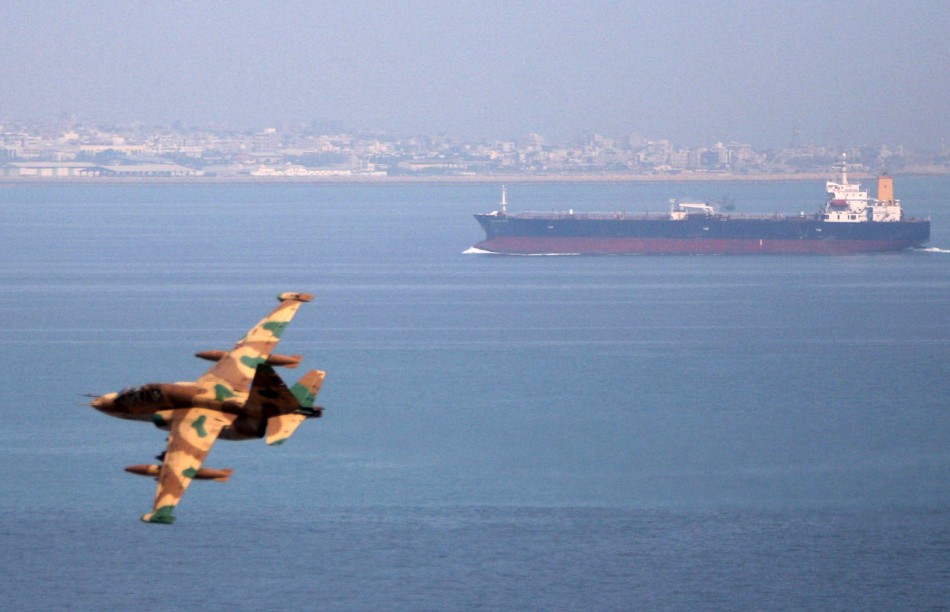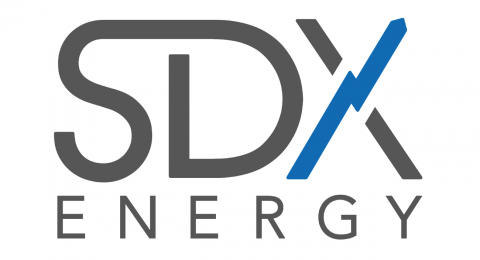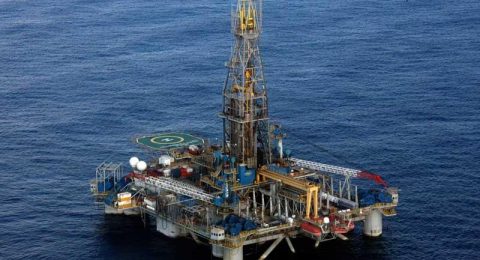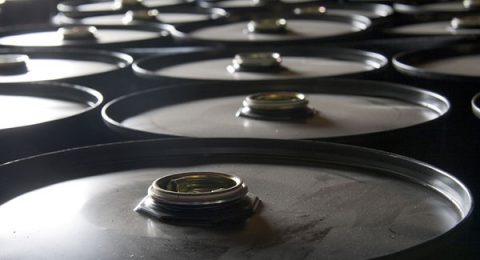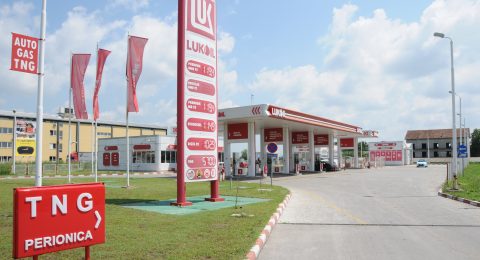The International Energy Agency cited market sources on Friday as saying Tehran would be able to sell at least an extra 400,000 b/d to buyers in Asia and Europe when the sanctions are lifted, reported Trade Arabia.
Customers would include refiners in Italy, Greece and Spain who prefer to use Iranian crude as their baseload feedstock.
“For this reason, producers are likely to grow still more competitive on pricing,” the IEA said.
Likewise Iraq has overtaken Saudi Arabia as the second largest seller in Europe. “While the headlines focus on Russia and Saudi Arabia jostling for position on the continent, it is Iraq that has stolen a march on its regional rivals,” the IEA said.
IEA statistics say that since mid-2014 Iraq’s overall exports have risen by about 40% to above 3m b/d and deliveries of 1 b/d to Europe during July and August raised Iraq’s market share to 17%.
Saudi Arabia has started shipping crude to traditional Russian markets like Poland and Sweden, but supplies to Europe from the world’s largest exporter won’t increase by enough to reduce prices, Michael Nayebi-Oskoui, senior energy analyst for Middle East and South Asia at Texas-based Stratfor told Bloomberg.
Iranian crude could also pose a threat to Russia, it emerged, since “Eastern European refineries are geared to process Russian crude, the Urals blend, and the closest sort to it would be Iranian oil,” he said.
For Saudi shipments to push prices down, “they would have to be significantly rerouted from Asia towards Europe, and we don’t see that happening,” he added.
